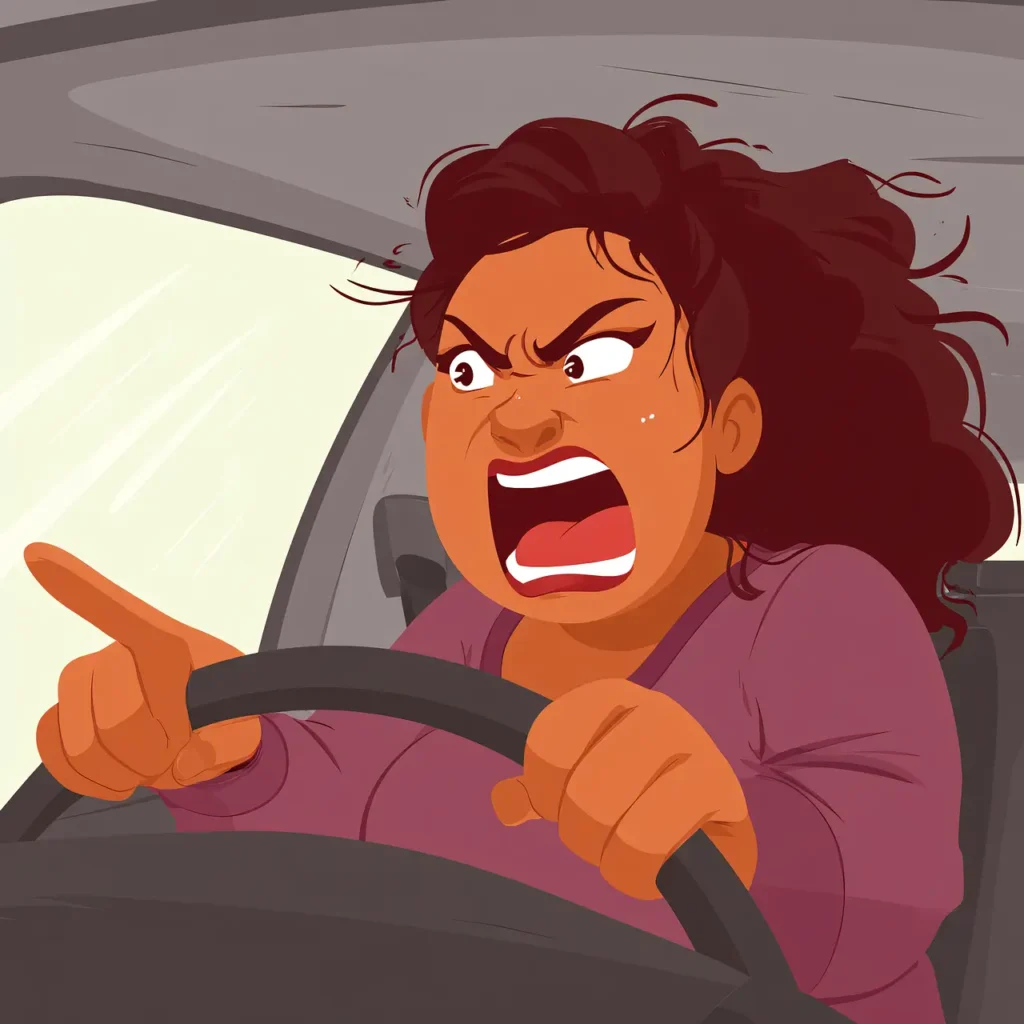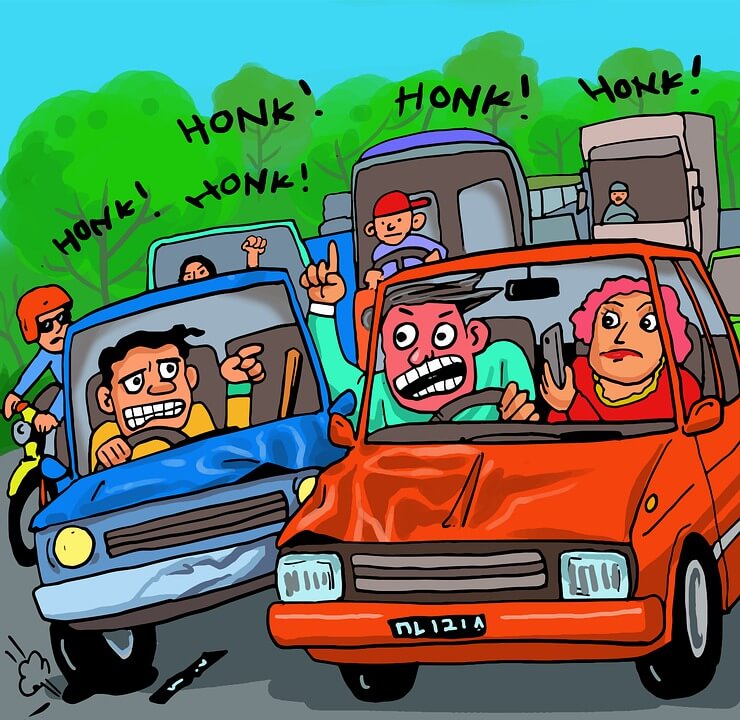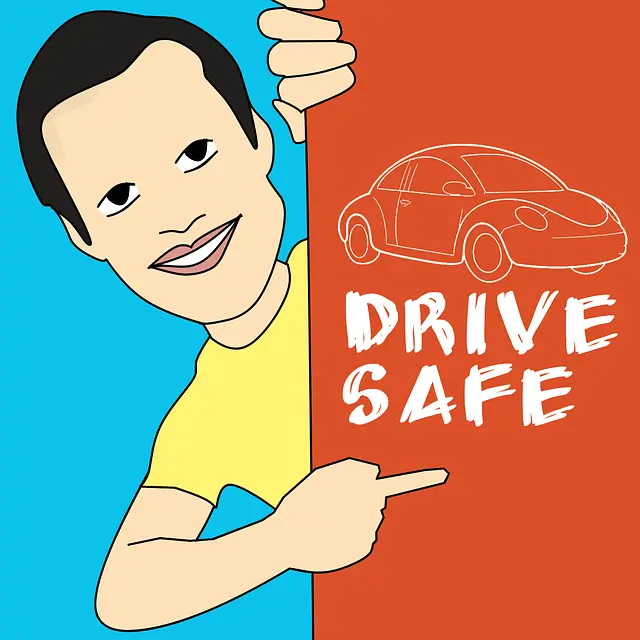
In the modern world, stress has become a constant part of daily living. Whether it comes from professional deadlines, financial concerns, family responsibilities, or the fast pace of urban life, most people experience pressure that affects their mental and physical health. While stress often remains invisible in workplaces or homes, one place where it becomes highly visible is on the road. Driving, which should be a simple and safe activity, frequently turns into a situation charged with tension, impatience, and aggression.
Stress and Road Aggression: The Hidden Link

Stress affects the human brain and body in many ways. When a person is under pressure, stress hormones such as cortisol and adrenaline are released. These chemicals prepare the body for immediate action by increasing alertness and quickening reactions. While this response is helpful in emergencies, it can become harmful in everyday scenarios such as driving.
On the road, these heightened stress levels often manifest as aggressive behaviors—tailgating, over-speeding, frequent lane changes, honking without reason, verbal abuse, or even physical altercations. In severe cases, it leads to what is commonly known as “road rage.” This is not just a matter of bad manners; it significantly increases the risk of accidents, injuries, and fatalities.
Many drivers also carry stress from their professional and personal lives onto the road. For example, someone leaving the office after a long, difficult day may already feel exhausted and irritable. When stuck in a traffic jam, the frustration intensifies. A slow driver ahead or a red light that lasts a little too long can feel unbearable. A minor inconvenience suddenly becomes a trigger for anger, showing how road aggression is often rooted in pre-existing stress.
Why Roads Magnify Stress

Several factors make roads and highways especially vulnerable to aggressive behavior:
- Traffic congestion is one of the most common stressors. Spending hours in bumper-to-bumper traffic makes people feel trapped and powerless.
- Time pressure adds to the problem. Many drivers worry about reaching work, school, or appointments on time, which makes them impatient and reckless.
- Noise and pollution play their part. Constant honking, engine sounds, and fumes from vehicles increase irritability and reduce tolerance levels.
- Rule violations or disrespectful driving—such as cutting across lanes, not giving way, or jumping signals—are often taken personally. This leads to an immediate, emotional reaction.
When these external triggers combine with personal stress, they create a dangerous environment where aggression is easily expressed.
Managing Stress and Aggression on the Road

The encouraging fact is that road aggression can be reduced with conscious efforts and lifestyle changes. A few simple strategies can make driving calmer and safer:
- Plan ahead – Leave early and allow buffer time for delays. This reduces the pressure of being late and prevents hasty, reckless decisions.
- Stay calm while driving – Play soothing music, practice deep breathing at signals, and remind yourself that reaching safely is more important than reaching first.
- Avoid Unnecessary Competition – Driving is not a contest. Letting other cars go ahead or ignoring small irritations prevents bigger confrontations.
- Take breaks on long drives – Short stops to stretch, hydrate, or rest refresh the mind and reduce irritability.
- Live a Healthy Lifestyle – Regular exercise, a balanced diet, and enough sleep reduce overall stress levels, making people less prone to road rage.
- Adopt empathy – Remember that every driver has their own challenges. A pedestrian may be slow, or another driver may be distracted. Patience and understanding go a long way in preventing conflict.
A Shared Responsibility

While individuals must learn to manage their stress, larger systemic changes are equally important. Governments and local authorities can help by improving road infrastructure, enforcing strict penalties for aggressive driving, and running awareness campaigns about road rage. Better traffic management systems, smoother public transport, and designated parking spaces can also reduce congestion-related frustrations.
Employers, too, play a role. By encouraging work-life balance, flexible working hours, or hybrid work arrangements, they can reduce the overall stress their employees face, which often spills over onto the road.
Conclusion

Roads are designed to connect people, but in today’s stressful environment, they often become arenas of conflict. Rising stress levels have made drivers more impatient, reactive, and aggressive, turning ordinary commutes into risky and unpleasant experiences. Recognizing the connection between stress and road aggression is the first step toward solving the problem.
Through conscious self-regulation, healthier lifestyles, and improved road systems, society can create a calmer driving culture. A relaxed driver not only ensures their own safety but also contributes to a more respectful and peaceful environment for fellow commuters. After all, safe and stress-free roads are not just a matter of convenience—they are essential for the well-being of communities and the harmony of daily life.


👍💐🙏🏻Very informative and useful. Carry on and keep it up.